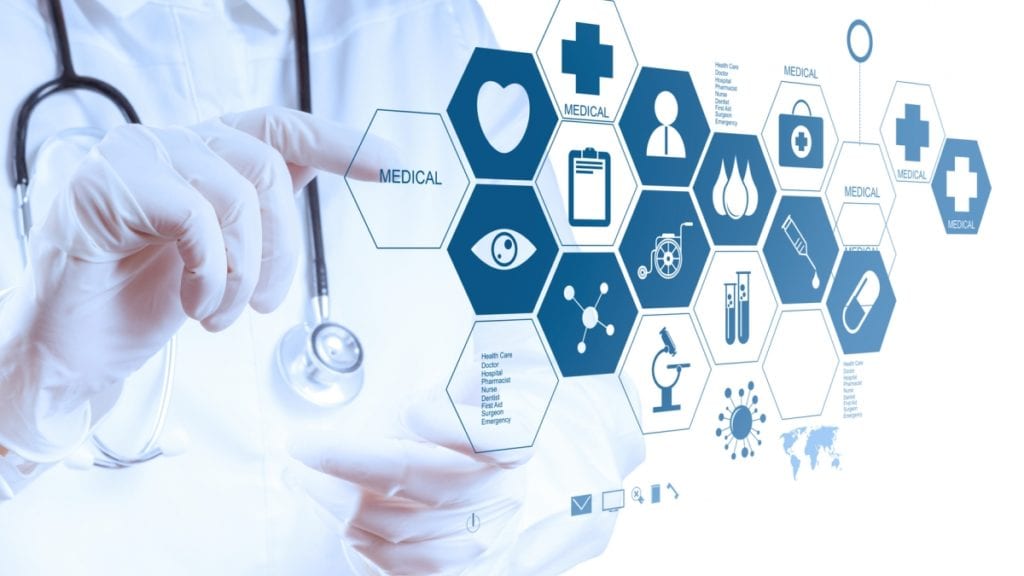
Our elders are at the dusk of their life. They had amazing years living on this Earth, working traveling and meeting new people. Now is there time to rest and have their family take care of them.
Because of their old age, senior needs quality health care more than ever. And although the word as we know today continue to create technological breakthroughs, older people may not embrace the modern convenience of microchips and semi-conductors.
However, such technology is not unfavorable to senior health care, especially if these innovative technological strategies have been shown to improve the health outcomes of elderly people.
- Better Treatment With Less Suffering
With old age comes a weak body.
Fortunately, thanks to the innovation of medical technology, elder healthcare is also better than ever. Not only sophisticated medical practices help the elders in recovering or go on with their life without problems, but new medicines, machines, and treatments also make elderly healthcare more effective and improve the chance of prolonging life. You can also opt home care as some seniors may prefer home-based care.
- Innovation in eHealth
Digitization of medical records is transforming the flow of access and information to health care services and with corresponding effects for the patient’s treatment costs and outcomes.
The emerging telemedicine market is helping underserved populations in countries with an access to medical expertise for the very first time. Also, telemedicine has proven to contribute improvements in treatment and diagnosis for the chronically ill patients and aging populations.
Suitable partners for hospital operators also come from other industries like consumer products sectors, telecommunications, technology,and retail and often innovate at a quicker pace than traditional healthcare companies and at such a lower cost.
- Computer Wellness Counseling
If patients are monitored by a computer, then it is not that much of a stretch of having computers talk to them.
Patients may interact with an animated character using a dialogue engine and have synchronized nonverbal behavior like hand gestures, head nods, and vocalized pause.
The patient does not talk back, but instead, they have a touchscreen to choose their answer on the character’s question and wait for a response. These computer programs do get condescending or impatient because of repeated questions (as we all know, elders tend to ask and talk repeatedly).
Finally, these computer agents have been programmed to engage in conversation, chatting about their family or asking a patient about certain non-medical things that helps the patient to relate to them.
- Emotion Sensors
Elders are highly prone to emotional and mental problems such as depression. Fortunately, technology can now also monitor emotions.
Being emotionally stimulated or deep in thought, the brain will send a signal on the skin, particularly in the feet and hands. This is known as an electrodermal activity which is triggered by our sympathetic nervous system for the “fight or flight” response system.
Once upon a time, measuring such activity includes wearing sensors and wires with shortcomings. Now, sensor technology provides noninvasive monitoring 24 hours a day. Emotion sensors can indicate if a patient will act out or calmed down. With this, health care providers can significantly alter any treatment plans based on a patient’s emotional behavior.
- Patient Engagement Technology
In order to improve engagement among elder people, hospitals and healthcare providers can leverage an automated patient engagement platform and keep lines of communication open.
For instance, hospitals can use a solution such as PatientBond in order to push out timed and relevant messages through IVR or Interactive Voice Response text messages, emails or phone calls— depending on the patient’s preferences— in order to provide education, reduce re-admissions and improve discharge management.
The messages include an easy-to-use response mechanism which is tracked n a dashboard in order to monitor patient behavior, recovery,and comprehension of content. This allows healthcare providers to track any engagement and follow up recovery which saves both expense and time as well as driving improved outcomes and higher engagement.
- Wearable Devices
In this technological era, we see a lot of wearables popping everywhere. The good news is, wearables are not just for runners— this technology can also benefit senior care.
Around 80 – 90 percent of elder people want to have their own homes as they grow older. And with PERS or Personal Emergency Response System devices, elder people are allowed to do just that without any worries— for both elder people and their loved ones— that in case of an emergency, the senior patient only needs to push a button in order to call for help.
Furthermore, GPS trackers are also another useful benefit of wearables for seniors who suffer from Alzheimer’s disease or dementia who are prone to wandering. Plus, the main function of wearables is to promote and monitor fitness, so, seniors can have the same functions to set their own goals to increase their activity and be active while they have their independence in their own homes as they grow older.
